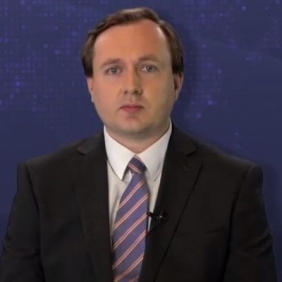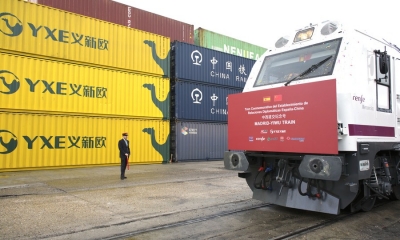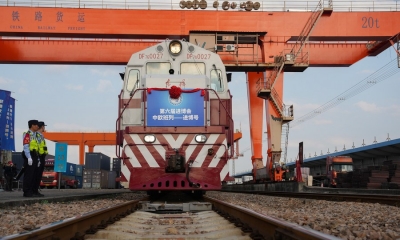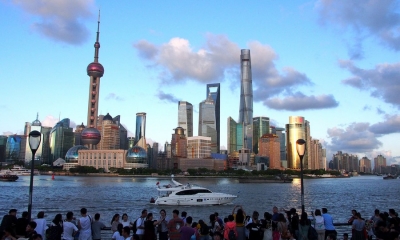Global Debt Relief Should Not Be about Politics

The numerous mechanisms created by the U.S. are being used to isolate and exclude others. This demonstrates how much debt crises are a product of a world increasingly divided and at odds with itself, threatening the foundations of globalization and post-cold-war prosperity.
In recent months, several developing countries around the world have been faced with unprecedented debt crises. This, most notably in Western mainstream media coverage, has involved Sri Lanka. Still, similar debt fears are also increasing around Africa, with Ghana struggling to meet its repayment commitments and facing a potential default. Western sources have swiftly scapegoated these developments as China’s fault, part of a longstanding narrative described as “debt trap diplomacy.” They deliberately discredit the Belt and Road Initiative and China’s infrastructure assistance to the global south by assigning “predatory” motivations to Chinese lending.
There is no truth or factual evidence behind such a claim, which scholars have widely discredited as little more than a politicized discursive talking point.
The mainstream media has not disclosed that debt crises across the developing world are actually caused by changes in the international financial environment, which coincide with the economic disruption and market depreciation triggered by the COVID-19 pandemic. Surging inflation in Western countries has led central banks worldwide to hike interest rates, a decision made during a time of economic fragility. The most significant consequence of rising interest rates is that those who are borrowing money, therefore, have to pay more interest on their respective debts, making it more expensive.
The United States, the core of the global financial system and holder of the dominant currency used in global financial markets, has raised its interest rates multiple times. This has created an economic shockwave worldwide for every country lending or paying the USD rate. Meanwhile, other key currencies, including the British Pound, the Euro, the Japanese Yen, the Indian Rupee, and the Chinese Yuan, have appreciated against many other currencies. This means respective countries borrowing USD rates not only have to pay higher rates of interest but are also faced with higher exchange rates.

This, combined with lower-than-usual fiscal revenue due to weaker economic conditions, surging commodity prices, and fuel prices, all stand to mean that poorer governments now have less money to pay their debt, creating debt crises throughout the developing world. It is therefore misleading to politicize them in this light. Instead, such a scenario underscores the inherent weaknesses in the global economy, the gulf of inequality between the “global north” and “global south,” and how the recovery from the pandemic was imbalanced, unstable, and brittle. It illustrates how there was little multilateral cooperation in practice on overcoming respective global challenges and how some countries’ self-interest has placed others at a critical disadvantage.
Growing geopolitical confrontation attempts to divide the international community and rising tensions are only likely to exacerbate these problems, as opposed to resolving them. The numerous mechanisms created by the U.S. are being used to isolate and exclude others. This demonstrates how much debt crises are a product of a world increasingly divided and at odds with itself, threatening the foundations of globalization and post-cold-war prosperity.
There are no debt traps. Western economies’ short-term, unstable economic “quick fixes” are duly responsible for the crises and the attempt to disintegrate global governance into smaller “mini-lateral” bodies to pursue the cold war and bloc politics. Only by an open, fair, equal, and balanced path of multilateral engagement can today’s economic challenges be genuinely overcome.
 Facebook
Facebook
 Twitter
Twitter
 Linkedin
Linkedin
 Google +
Google +







